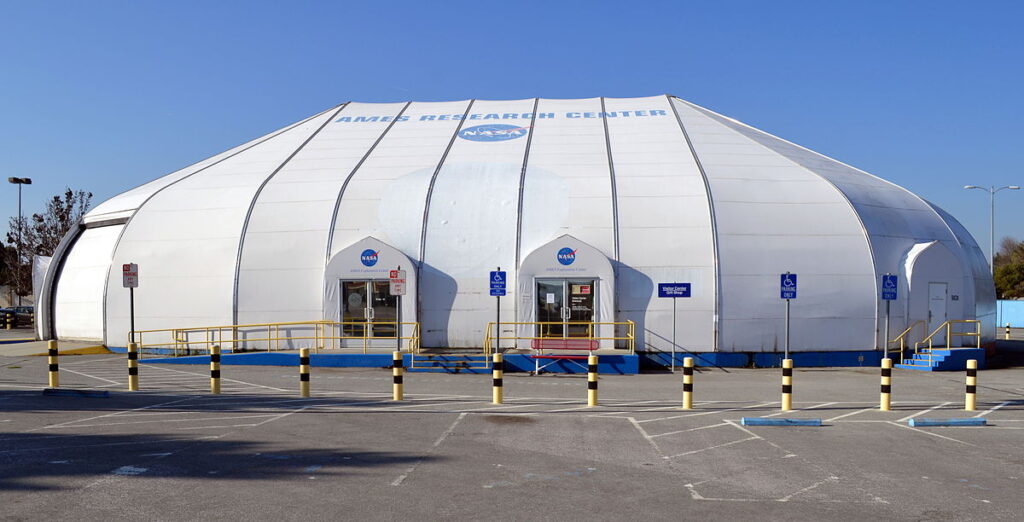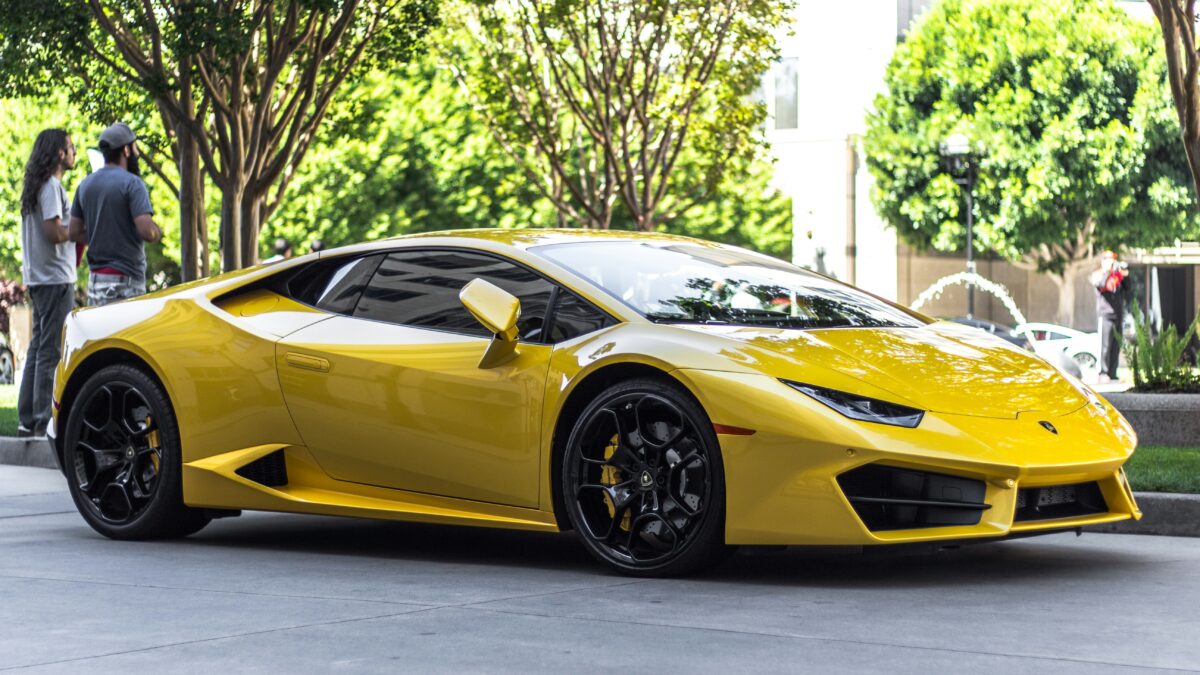NASA’s New Moon Rover Gets Driving Headlights
The moon is a pretty dark place (even darker than Alaska in wintertime). Each side experiences two weeks of darkness at a time, followed by two weeks of brightness. You can imagine that a NASA-deployed rover would need some serious lights to see consistently in a place like that. As it turns out, the new moon rover is fully equipped.
What is the mission of the VIPER moon rover?

The VIPER rover is on a mission to find water on the moon, and it will do so in deep, dark places.
Recent studies show that there’s more water on the moon than we thought, specifically on the sunlit surface. There are also ice pockets in dark regions. Some of these pockets are as small as coins, but they’re still important. Most likely, it’s the dark spaces the VIPER is interested in.
How headlights help the moon rover do its job
🔆 🔆 How do you design the best headlights for a Moon rover? A team at @NASAAmes is building and testing a system of lights & cameras for VIPER, which will search for water ice at the Moon's South Pole & help prepare the way for #Artemis astronauts: https://t.co/mNMylZVBxb pic.twitter.com/ZVoTvch8Hp
— NASA (@NASA) October 30, 2020
On the moon, shadows look differently than they do on Earth. Areas that have both shadows and light are in such a high contrast that it’s virtually impossible to see any landscape curves and contours in the dark portions.
Because of this, the moon rover is equipped with specially mounted headlights that let cameras see. This helps the rover avoid colliding with obstacles in the landscape. Plus, it helps the technology maneuver along crater declines that are steep and rigid. Overall, it helps prevent a number of dangers that could prove fatal to the mission at large.
The moon rover lights are a collection of LEDs. They’ll be very similar to car high beams and parking lights. The VIPER will be able to project a long-distance beam as well as lights that are more suitable for analyzing in close proximity.
How NASA tested lights on the moon rover

To ensure efficacy, NASA tested VIPER prototypes at their Ames Research Center (ARC) in Silicon Valley. They recreated the landscape of the moon in a high-fidelity environment.
Because the moon is dusty, many lights are unable to penetrate the landscape. However, rigorous testing is helping NASA get through this problem.
After all this testing, the VIPER passed its preliminary design review in August. Two organizations help hold the moon rover accountable: the Planetary Science Division of NASA, plus an independent review team deployed specifically for the VIPER.
“Whether it’s on a rover or the next model of sedan, a bad lighting design means a driver can’t see details in the landscape. We have to pay extra attention to these challenges on the Moon because once VIPER gets there, there’s no coming back.” – Uland Wong, lead navigation hardware expert for the VIPER rover, and computer scientist at ARC.
The VIPER’s light system won’t be the first to exist in space. Mars rovers have single-LEDs to help light microscopes. Spacecrafts use light to dock at the International Space Station. However, none have been so vehicle-like as this.
There are areas on the moon that never receive light. They’re extremely dark, and the VIPER will be able to roam in these regions to seek out water.
The VIPER moon rover is still in research at ARC. Eventually, they’ll send their research to the Johnson Space Center in Houston, where they will build the VIPER for its mission. Reportedly, the VIPER will deploy as soon as 2023. NASA is working to ensure total efficacy of the driving headlights, because once the moon rover has deployed, there’s no going back.















I love hearing about advancements in space tech. Honestly can’t wait to see where this goes and what it finds out on the dark side.
Fun stuff! Headlights and beyond!
I imagine it is incredibly difficult to see landscape features on the moon without powerful lighting due to the many shadows created.
That is amazing! The advances in technology just keep getting better!
cool article